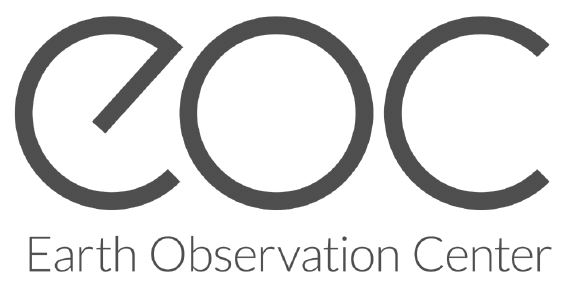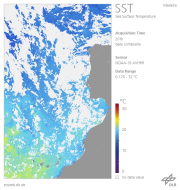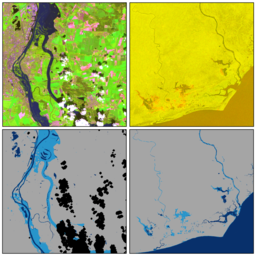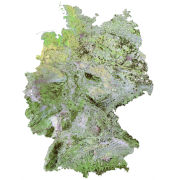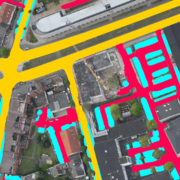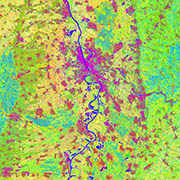
- About
- News
- Services
- Datasets
- Maps
-
Downloads
TSX-Supersites TanDEM-X 30m TanDEM-X 90m TanDEM-X FNF50 TanDEM-X 30m DEM Change Maps (DCM) Data4Human TanDEM-X PolarDEM Coastlines SRTM X-SAR World Settlement Footprint 2015 World Settlement Footprint 2019 World Settlement Footprint Evolution World Settlement Footprint 3D IceLines UrMo Digital - Traffic Area Map (TAM) - Brunswick, Germany Tree Canopy Cover Loss - Germany, 2018-2021 Geo-ForPy - Forest cover Paraguayan Chaco ENMAP
- Data Guides

